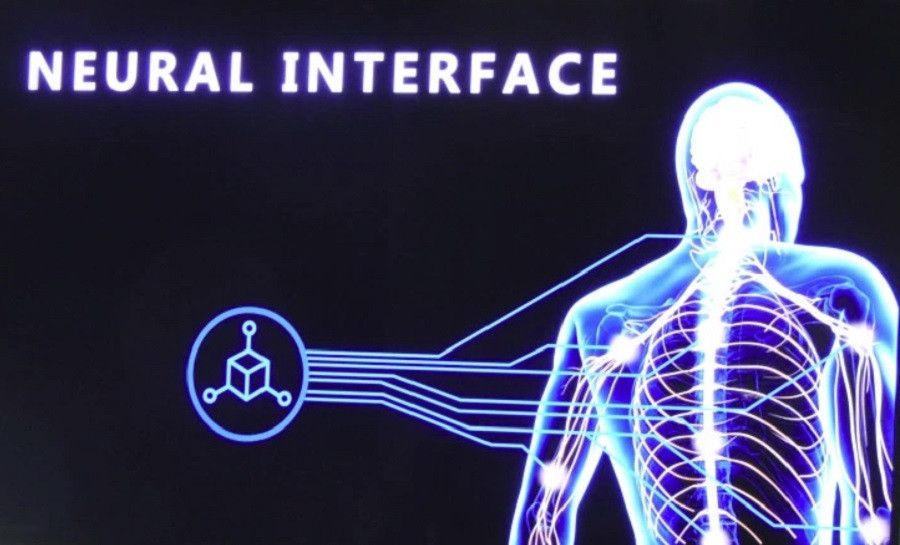Materials that conduct electricity without resistance might mimic black hole physics.




More than 200 artificial intelligence startups applied for Nvidia’s Inception contest, which seeks to identify the best AI startups. The company created the program to find new uses for its graphics processing units (GPUs), but it’s also hoping these startups will change the world.
So far, the company has identified more than 2,800 AI startups over the years through Inception. I listened to pitches from 12 finalists in a Shark Tank styled judging event last week. Each is competing to be one of three finalists to share the $1 million prize pool.
“We’re trying to enable our ecosystem of deep learning neural networks,” said Nvidia CEO Jensen Huang, as he introduced a panel of four judges. The 12 semi-finalists gave their 8-minute pitches, six finalists were selected, and the final winners will be picked at the company’s GPU Technology Conference on March 27 in San Jose, California. They ranged from AI for bionic arms to faster, cheaper, and more accurate magnetic resonance imaging (MRI) scans.

Pioneering biologist best known for his work on the human genome who was a fierce advocate of free access to scientific data.
Sun 11 Mar 2018 11.19 EDT Last modified on Sun 11 Mar 2018 13.22 EDT.


NEW RELEASE OF PANGEA (v.0.3.3) ON ANDROID_
“The latest release has been published. v.0.3.3 includes bug fixes and UI/UX upgrades since the last release, and the ability to create, join and leave nations. The chat feature is working so now you can also have “Nation Group Chats” to speak with other Citizens of your Nation(s).”
Gateway to your decentralized world & P2P services.


MOSCOW, March 6. /TASS/. CosmoCourse, a private Russian company that is designing a reusable spacecraft for suborbital flights, plans to make its first commercial launch with tourists onboard in 2025, CosmoCourse Director General Pavel Pushkin told TASS in an interview.
“The first flight of the prototype (a missile and a space vessel — TASS) is due in 2023, and the first tourist flight is expected in 2025,” Pushkin said.
CosmoCourse’s director general specified that the operational testing for the missile and the launched capsule would kick off in 2022. “The hardware is to be finished in 2021, and in 2022 test operations will begin,” he said.

Enzymes play an important role in cognitive function. Enzymes are biological catalysts. They’re responsible for accelerating chemical reactions.
What role do enzymes play in #aging and cognitive function?
According to new research in laboratory mice by UC San Francisco scientists have discovered that loss of an #enzyme that modifies gene activity to promote brain regeneration may be partly responsible for age-related cognitive decline. When age related cognitive decline starts is still debatable, however the effects of age related cognitive decline are well known.

A recent study gives insight into the #neurobiology of dying. Before the process of dying neurologists closely monitored patients with devastating #brain injuries following Do Not Resuscitate-Comfort Care orders. This gave key insights into the mechanisms and timing of events in the brain and the circulatory system during the dying process.
The objective of emergency treatment is to restore circulation to prevent #cerebral ischemia. #Cerebral ischemia is a condition that occurs when blood flow is restricted to the brain, which then causes the #death of brain tissue. Understanding the brain’s response to energy depletion can help us estimate how much time is available for resuscitation until irreversible damage has occurred. The goal is to develop methods that can prolong this window before irreversible damage takes place. Injury to central neurons begins only during the progressive and uncontrollable #depolarization of neurons called anoxic depolarization. This Anoxic depolarization “wave” is potentially reversible and typically starts 2 to 5 minutes after the emergence of severe ischemia. This marks the beginning of a toxic change within the neuron which eventually leads to irreversible brain injury.
